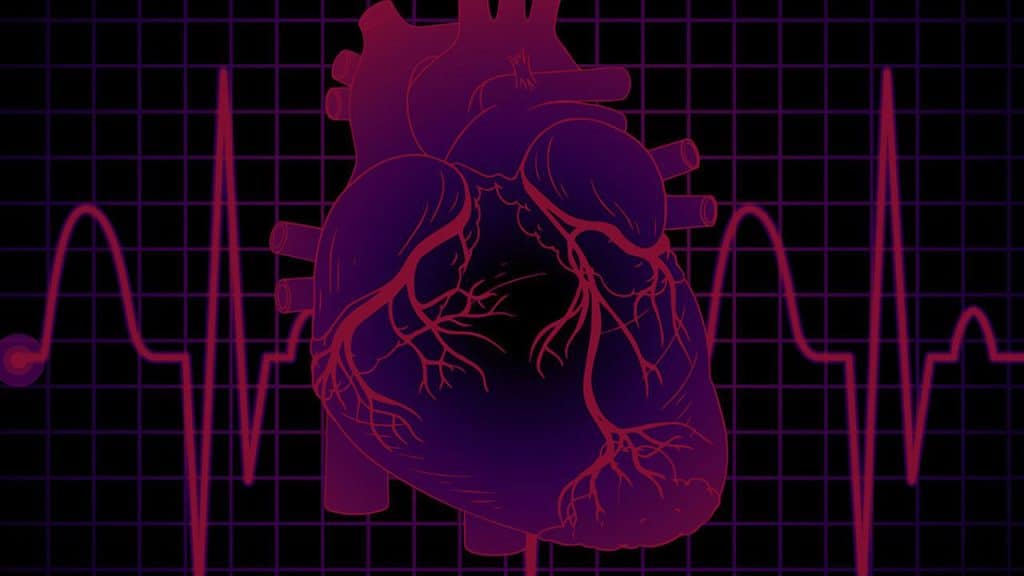We know that monitoring devices are becoming increasingly clever. You no longer have to go to the hospital and be hooked up to big machines to know the basics of what’s going on with your body. You can carry what you need on your wrist. Now there’s another option that may pick up even more issues: an e-tattoo, worn just above your heart (https://longevity.technology/news/flexible-e-tattoo-can-spot-early-heart-disease-red-flags/).
An e-tattoo is an electronic tattoo. This particular model has been developed at the University of Texas in Austin. It’s not the first of its kind, but it’s the most advanced. There are no wires and nothing intrusive… just two sensors with active circuits attached to the chest by a medical dressing. There’s a battery, but it’s no bigger than a penny, and once charged (a fairly easy process), it’s good for around 40 hours. The device as a whole weighs only 2.5 grams.
Some modern mobile devices, like the Apple watch, can take an electrocardiogram (ECG), which measures the heart’s electrical signal. This e-tattoo does the same, but it can also act like a stethoscope for the seismocardiogram (SCG), which measures the acoustic signal from the heart’s valves. There’s no other device that takes both of these measurements or replicates a stethoscope. The e-tattoo is unique.
Using the e-tattoo for these two measurements means you can better evaluate cardiac time intervals, which can offer early warnings of cardiac issues such as heart disease. Estimates suggest that 80% of heart disease could be prevented with earlier intervention.
It takes long-term monitoring to detect the often subtle shifts that mark the beginning stages of heart problems. The technology for this type of monitoring currently only exists in clinical settings, but if intermittent symptoms don’t show during the limited time window when the doctor is present or they’re too minor, diagnosis is unlikely.
An e-tattoo means that monitoring can take place 24/7. You can wear it at home and when you go out, day and night. It’s comfortable and unobtrusive, and most importantly, it allows you to detect every single little discrepancy in your heart’s performance. It should make early diagnosis much easier.
Testing of the e-tattoo has gone well so far, but it’s only been used with a limited sample of patients. Trials will need to be expanded and results validated before it can be offered to the wider population.




